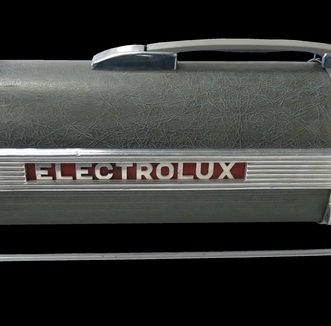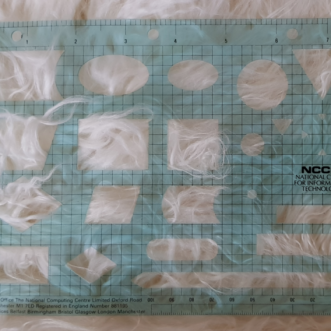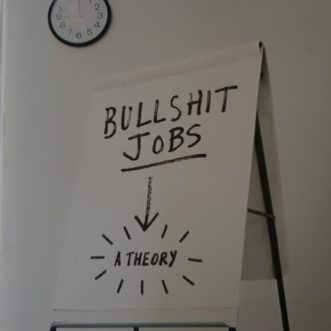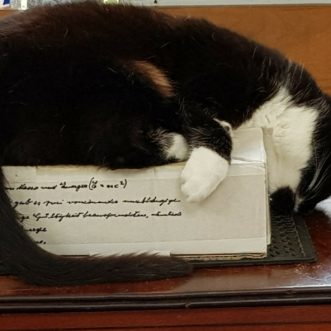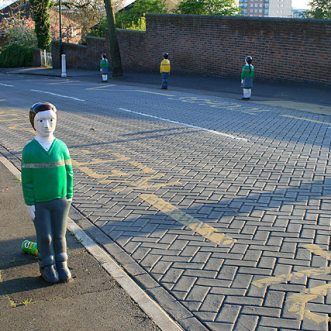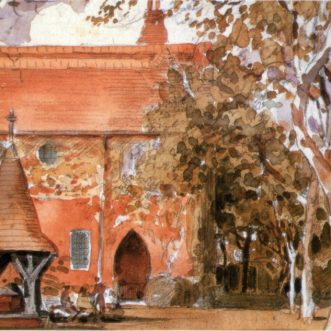
The stories we tell others
If you visit a National Trust property, every person you meet is likely to be a volunteer. An individual providing this service in their spare time, for nothing. Yet the experience is remarkably similar across hundreds of houses and thousands of volunteers.
How do they achieve this? There are no scripts. Nothing is prescribed, apart from some simple Covid-19 distancing notices. Every volunteer performance is unique.
What every National Trust building does have is a story. The story of the building and the people associated with it – usually the famous one who commissioned it, built it or lived in it.
Every volunteer (whether they are a room guide, a shop assistant or a gardener) is expected to know this story, to research around it and to tell it. But they can do all of that in their own way, including details and providing context as they see fit, tailored to the visitors in front of them, in their own personal style.
The most basic ‘customer experience score’ is the story everyone can tell. For a business it’s the story of how you make and keep your promise to the client.
What’s your story?
Can everyone in your business tell it?
How do you help new people learn it?
